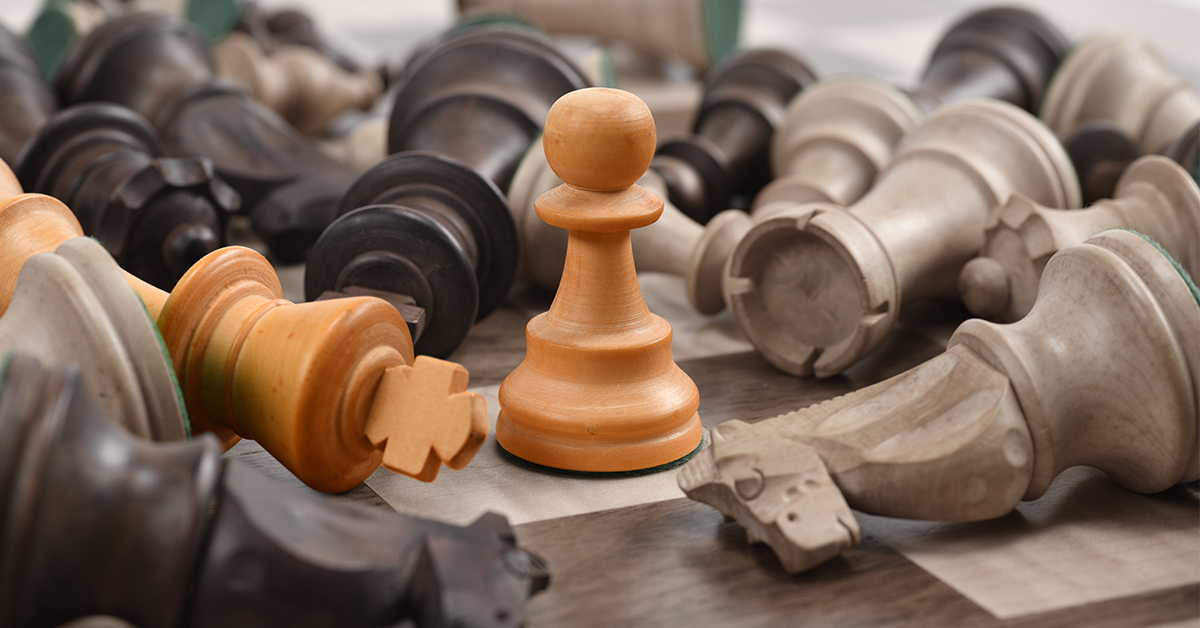
Photo by Randy Fath on Unsplash
Collaboration has some undeniable perks, from brainstorming to actually building upon an idea. But what about creating things that don’t require the input of an entire team? A logo, for instance. Can the rivalry between a bunch of designers racing to draw the best design for one paying company actually improve the outcome? As it turns out, it can. But only when the competition dial is turned to just the right level.
The findings were published in a paper titled Creativity Under Fire: The Effects of Competition on Creative Production. Its author, Daniel P. Gross, a Post-Doctoral Fellow at Harvard Business School and the National Bureau of Economic Research, reveals that creativity doesn’t lie with inputs like R&D spending or outcomes such as patents. Rather, it lies with what drives the work – incentive, motivation, etc.
To test his theory, Gross made the inspired move to analyze data from graphic design competitions that take place online. The contests, commissioned by companies seeking custom logos and other types of graphics, provided the necessary platform for Gross to find patterns, as well as disruptions, in accordance with the circumstances of each designer – i.e. their ratings, their chance of winning the contest, and other factors that strongly dictated the amount of competition (or danger) each designer was facing. The findings were interesting, to say the least.
When the feedback from the company that commissioned the work was positive, designers tended to rest on their laurels and continued by only conducting incremental tweaks. When the feedback was negative, some took new approaches, others abandoned the race. Now, here’s where it gets interesting. When a participant faced competing designers whose credentials were high, he/she made radical changes and produced original work. Participants facing one or two hardcore contenders did the best work. But when faced with six or more competitors, participants felt discouraged and their work suffered, or worse, ended. So what does this tell us?
- promoting a competitive environment helps spur creativity
- keeping competition levels on the low yields better results than instating a last-man-standing system
- creativity shifts from incremental to innovative when competition levels are bearable
- an incentivized creative is worth more than a fearful one
Full paper: Creativity Under Fire: The Effects of Competition on Creative Production.
Post A Reply